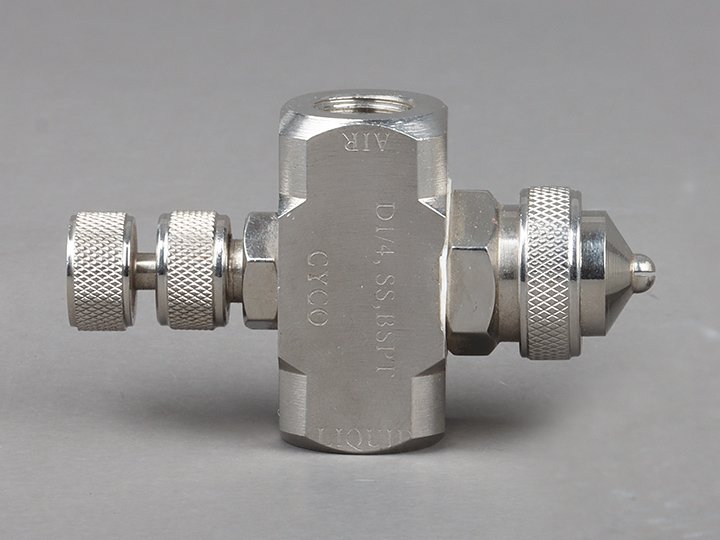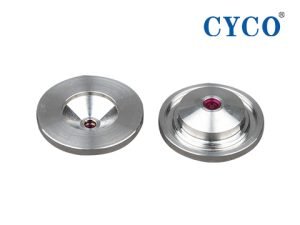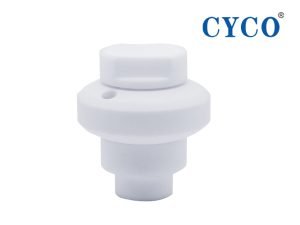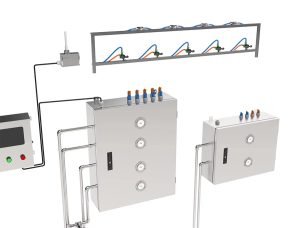Atomizing nozzle is to disperse liquid or gas in the form of tiny droplets or small particles in the air, widely used in industry, agriculture, environmental protection and other fields.
To help users better select and use the atomizing nozzle, this article will introduce the different models and parameters of the atomizing nozzle in detail, including its characteristics, scope of application, precautions for use.

Models
Atomizing nozzles are classified into the following models according to the substance to be sprayed:
1. Water mist nozzle
Mainly used for water spraying, such as gardens, farmland, construction sites and other places, with the characteristics of simple structure, easy maintenance, long service life and so on.
2. Oil mist nozzle
Mainly used for spraying oily liquids, such as lubricating oil, hydraulic oil and more. It is characterized by fine mist particles, large coverage area, and no dripping.
3. Medical fluid nozzle
It is mainly used for spraying pesticides and disinfectants, and featured by fine mist particles, strong penetration, large coverage area.
4. Exhaust gas nozzle
Mainly used for treating industrial waste gas, such as spray tower and scrubber tower, with simple structure, large flow rate and wide range of use.
5. High pressure nozzle
Mainly used for high-pressure cleaning and spray cooling with high pressure, high flow rate and long range.
Parameters
1. Working pressure
This refers to the pressure of the liquid or gas at the nozzle inlet. The higher the working pressure, the better the atomization effect, but also increases the energy consumption and cost of the equipment.
2. Flow rate
The volume of liquid or gas passing through a nozzle per unit of time, usually expressed in m3/h or L/min.
3. Diameter of droplets
The size of the droplets formed through the nozzle, usually expressed in µm. The smaller the droplet diameter, the larger the spray area, but it also increases the cost and difficulty of maintaining.
4. Materials
The material of the nozzle has a great influence on the atomization effect and service life. Materials commonly used for nozzles include stainless steel, aluminum alloy, and plastic.
5. Size of the interface
Refer to the size of the connection between the nozzle and the pipe or other equipment, usually expressed in inches or mm.
6. Sealability
The better the seal, the less possibility of liquid or gas leakage.
7. Service life
Depend on the structure,materials and working conditions of the nozzle.

Cautions
1. Read the product instructions carefully before using the atomizing nozzle to understand the usage and cautions.
2. When installing the nozzle, it is necessary to ensure that the interface size and sealing surface match the equipment to avoid leakage and damage.
3. Regularly check the sealing performance of the nozzle and the use of the state during the use of the process, find and solve problems in time.
4. Control the working pressure and flow rate during use to avoid excessive pressure and wear.
5. Keep the nozzle clean to avoid clogging and damage.
Conclusion
In summary, it is necessary to understand the characteristics, application range and usage precautions of different models and parameters of atomizing nozzles in order to select and use atomizing nozzles in a better way.
Only reasonable selection and use can fully play its role and extend its service life.






